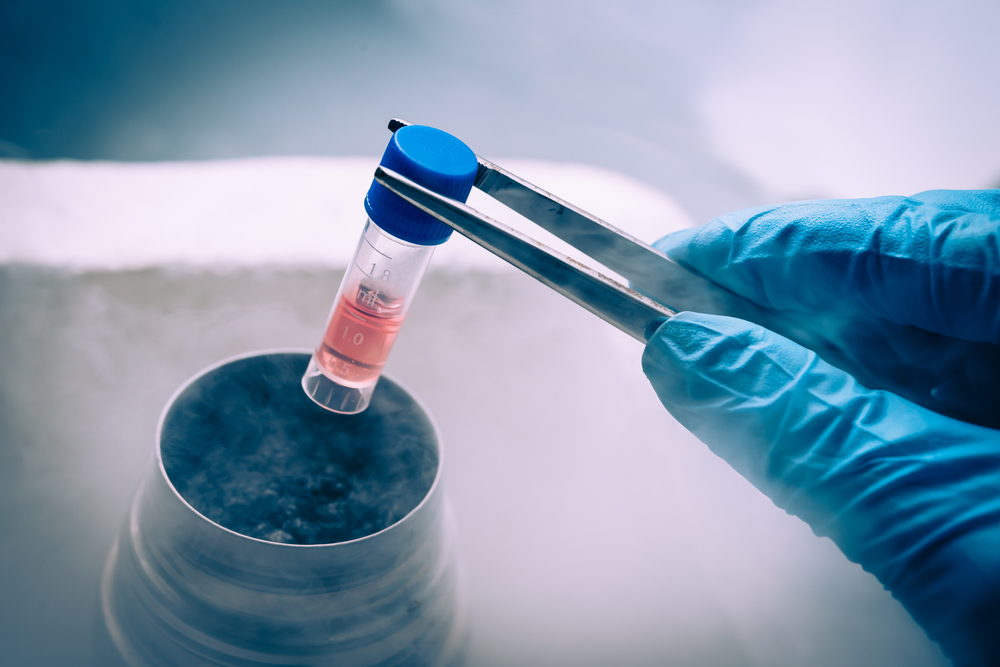Researchers and WHO Establish New Reference for Analyzing Characteristic SLE Antibody

Researchers, in collaboration with the World Health Organization (WHO), have established a new reference standard for anti-dsDNA autoantibodies — one of the hallmarks of systemic lupus erythematosus (SLE) — to help standardize laboratory analysis and improve diagnosis and treatment of lupus worldwide.
The study, “A WHO Reference Reagent for lupus (anti-dsDNA) antibodies: international collaborative study to evaluate a candidate preparation,” was published in the journal Annals of the Rheumatic Diseases.
Lupus is a chronic, autoimmune, inflammatory disease, characterized by the increased production of autoantibodies that attack the body’s own nuclear proteins and DNA — called anti-nuclear antibodies (ANAs) — by immune cells.
Among these, antibodies against double-stranded DNA — anti-dsDNA antibodies — are one of the most common autoantibodies produced in lupus and rarely found in healthy people or those with other diseases. Anti-dsDNA antibodies also are associated with disease activity and progression.
That is why detection of anti-dsDNA autoantibodies is important for both the diagnosis and monitoring of disease progression of lupus. However, measurement of anti-dsDNA is particularly difficult, since different methods detect different subgroups of anti-dsDNA autoantibodies.
International reference standards, or reference reagents, are critical to allow the direct comparison of results from different methods and different laboratories, and subsequently, improve patient diagnosis and treatment regardless of where they live. Those established by WHO are recognized as the highest order of reference standards for biological substances.
In 1985, the WHO endorsed the first international standard for anti-dsDNA — named Wo/80 — to harmonize anti-dsDNA analyses in different laboratories, and commercial anti-dsDNA antibody tests from several companies.
It was defined from a male lupus patient’s blood sample containing anti-dsDNA autoantibodies, which was available in large amounts, stable when stored in freeze-dried vials, and suitable for use in different methods of anti-dsDNA detection.
For more than two decades, laboratories and companies used this WHO reference standard as a calibrator of their analysis or commercial test, thus facilitating comparability between them and improving the reliability of the results interpretation. This ensured a consistency of results and interpretations throughout the world.
However, samples of that first WHO reference reagent were exhausted over a decade ago, highlighting the need for a new standard reference.
Researchers now have validated a new WHO reference reagent for anti-dsDNA antibodies.
A blood sample (2.4 liters) from a female lupus patient was identified as a potential standard reference by 42 European laboratories in the European League against Rheumatism (EULAR) autoantibody study group.
Researchers at the National Institute for Biological Standards and Control (NIBSC), in the United Kingdom, transferred the sample — named 15/174 — to 4.300 vials and freeze-dried it to allow long-term and stable storage.
In an international collaborative study, 15/174 was compared to local standard reagents in 36 laboratories from 17 countries worldwide. This evaluation involved 26 methods of anti-dsDNA autoantibody detection.
All laboratories and test methods detected anti-dsDNA autoantibodies in the 15/174 sample. And, in half of the laboratories, 15/174 showed similarities to local standards, and by inference to the first international standard reference.
Also, the alignment of the tests’ results to 15/174 as a reference reduced some of the variability between different tests.
“Although the performance of 15/174 was not perfect, the current situation with large differences between different anti-dsDNA [tests] would be improved by use of 15/174 as a reference reagent,” Johan Rönnelid, the study’s last author, said in a press release.
“Our intention is that the WHO reference reagent 15/174 will be used to align different test methods for anti-dsDNA antibodies and thus improve the diagnostics and care of patients with SLE,” added Bernard J. Fox, the study’s first author and director at the NIBSC.
The new WHO reference reagent 15/174 is available at the NIBSC website for companies developing anti-dsDNA tests and for laboratories worldwide.





